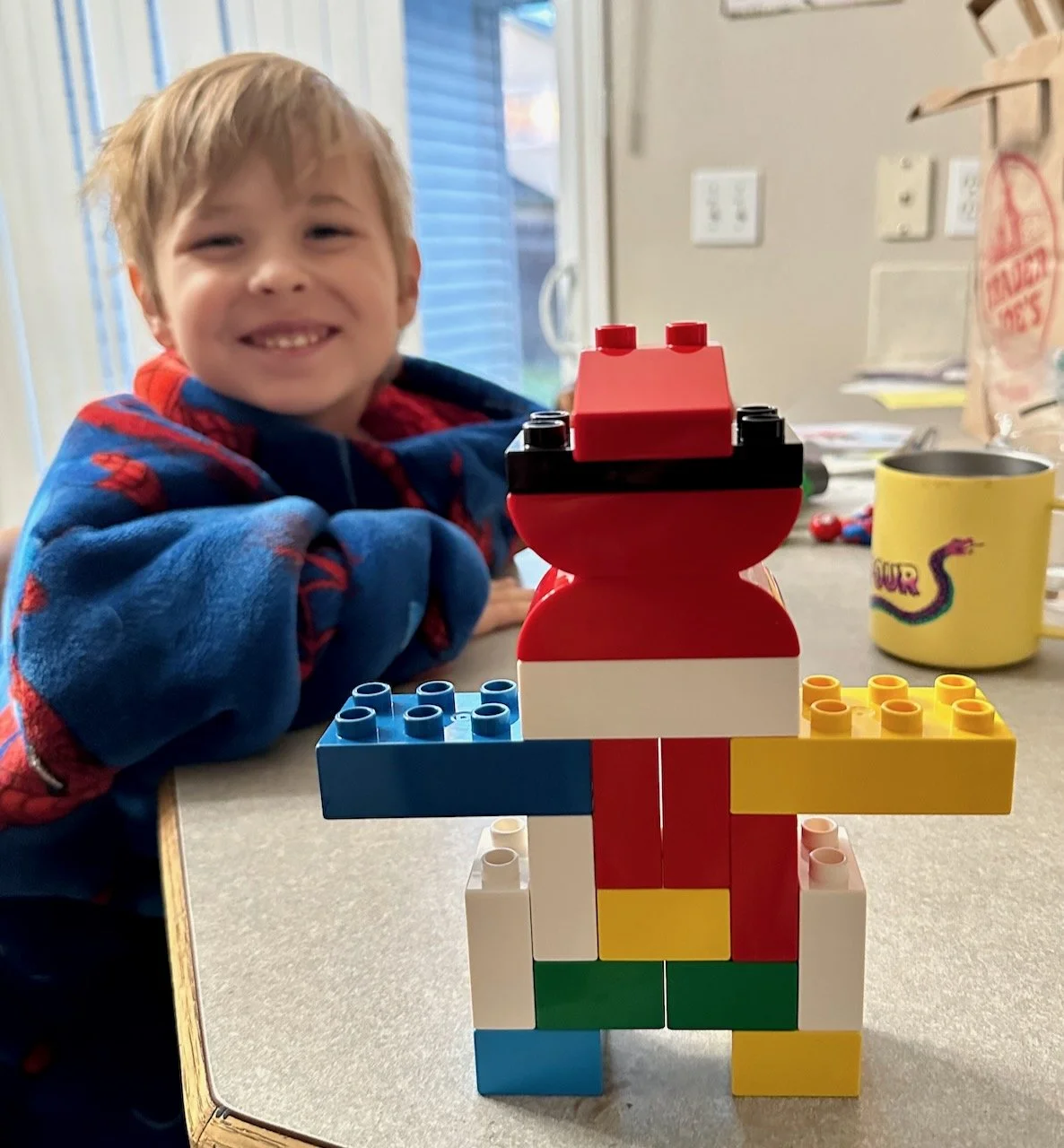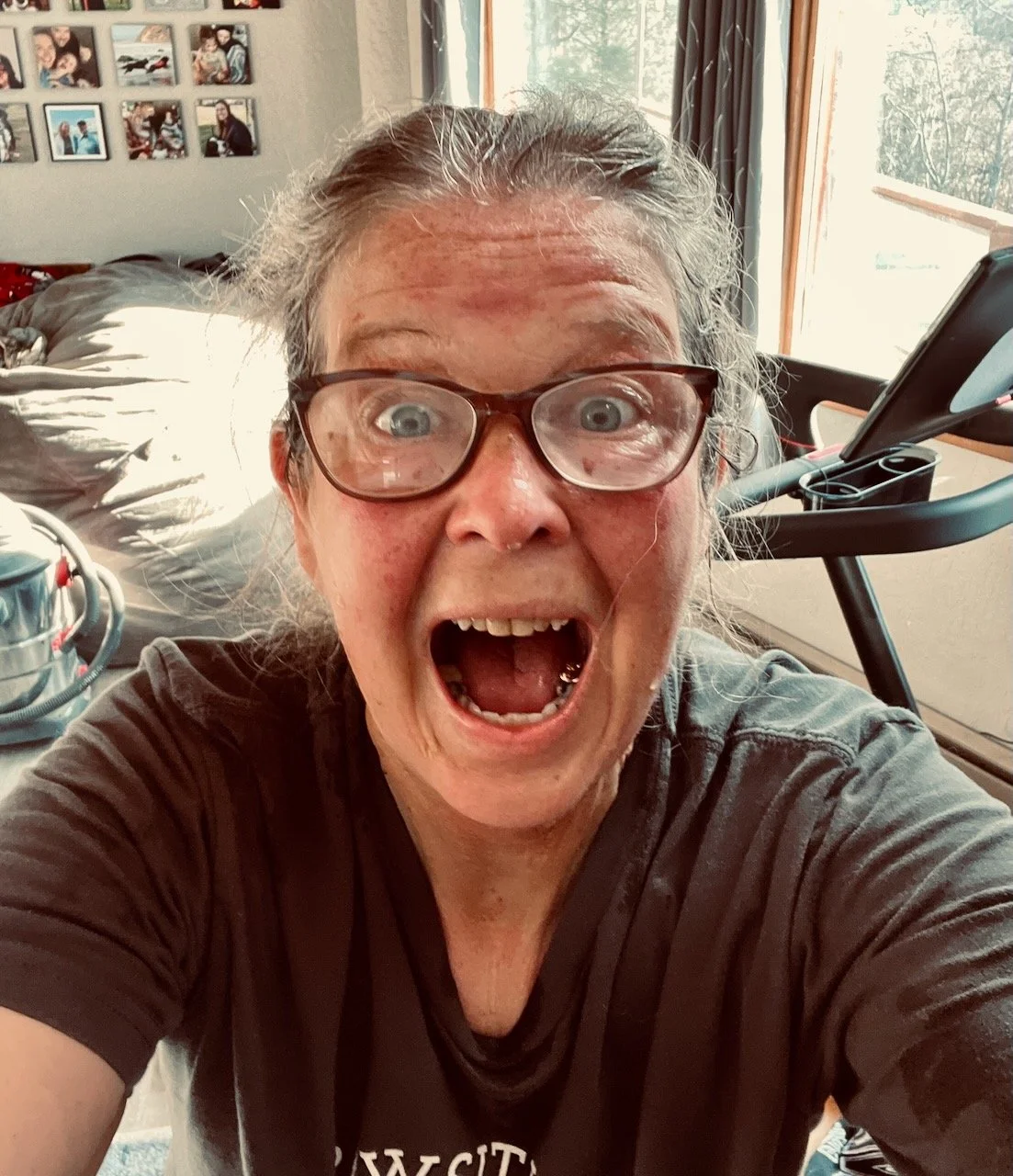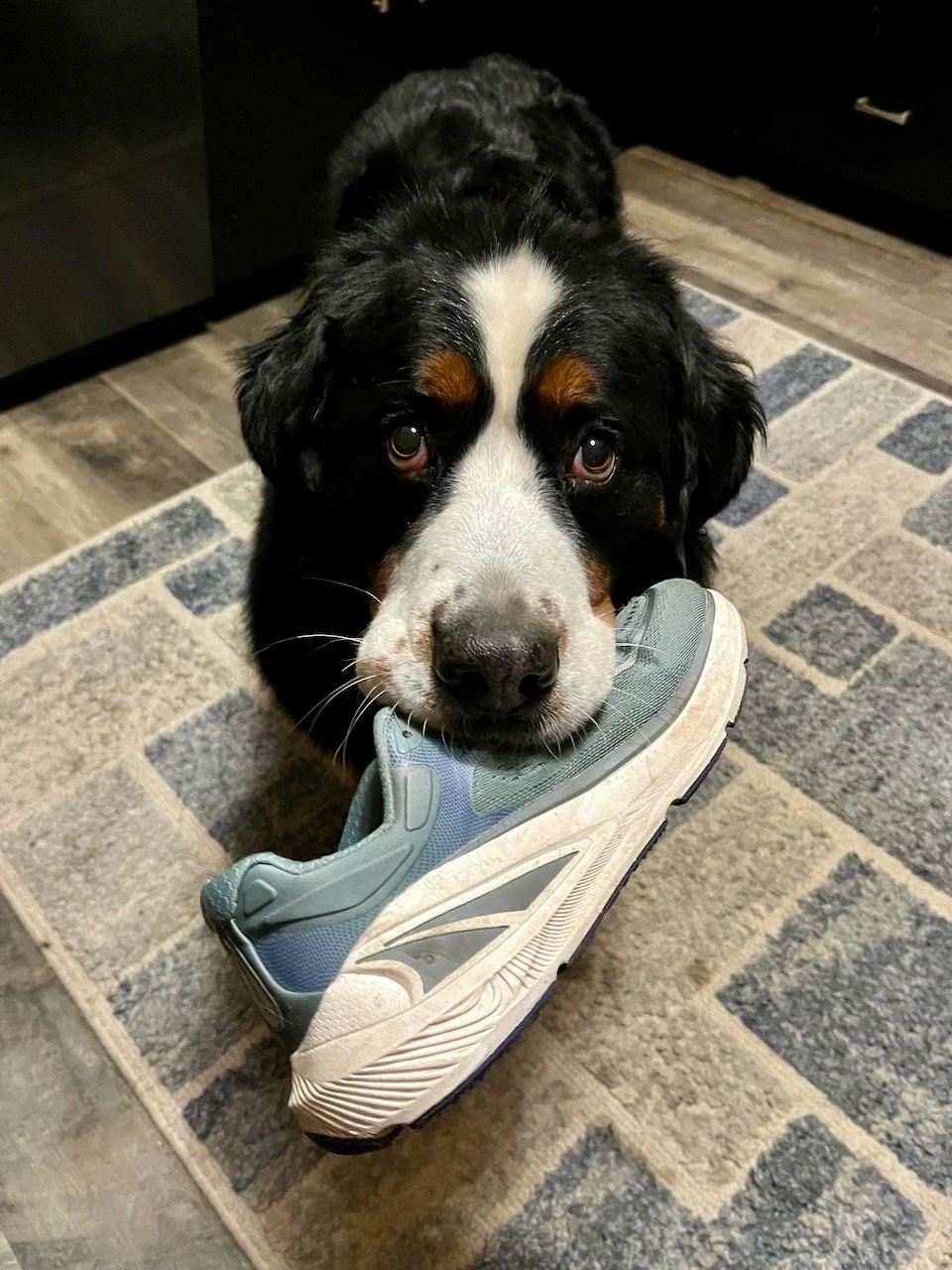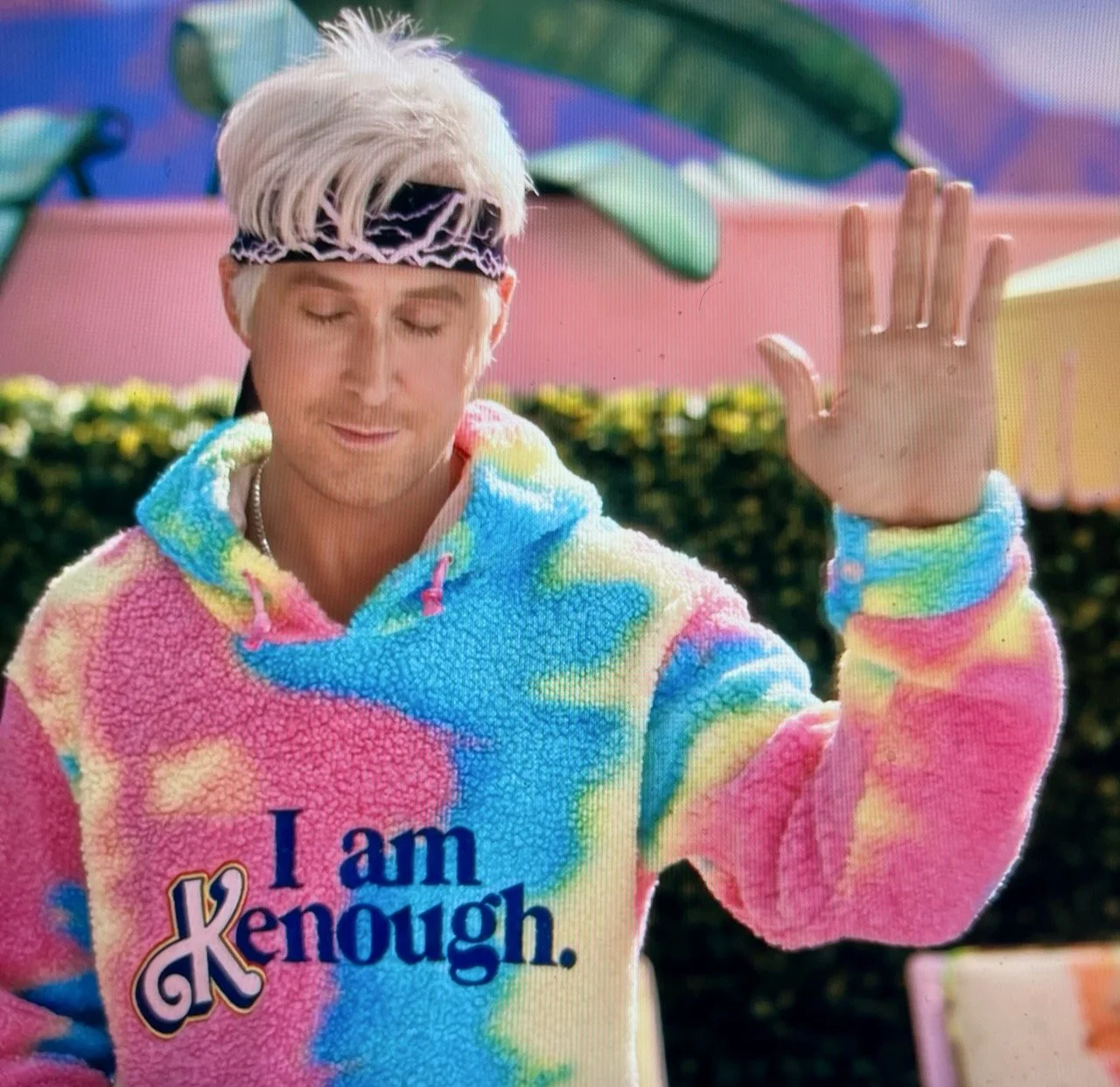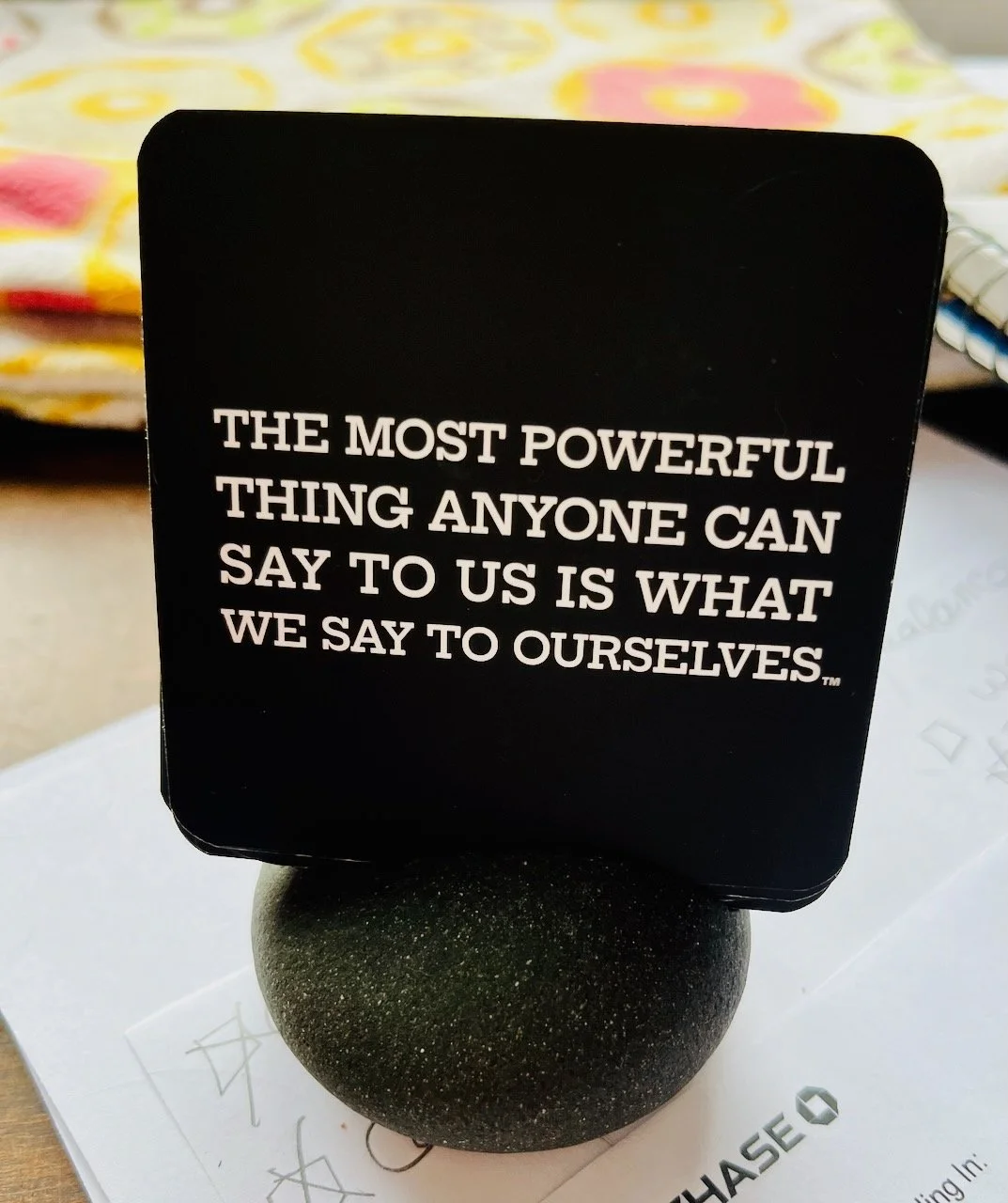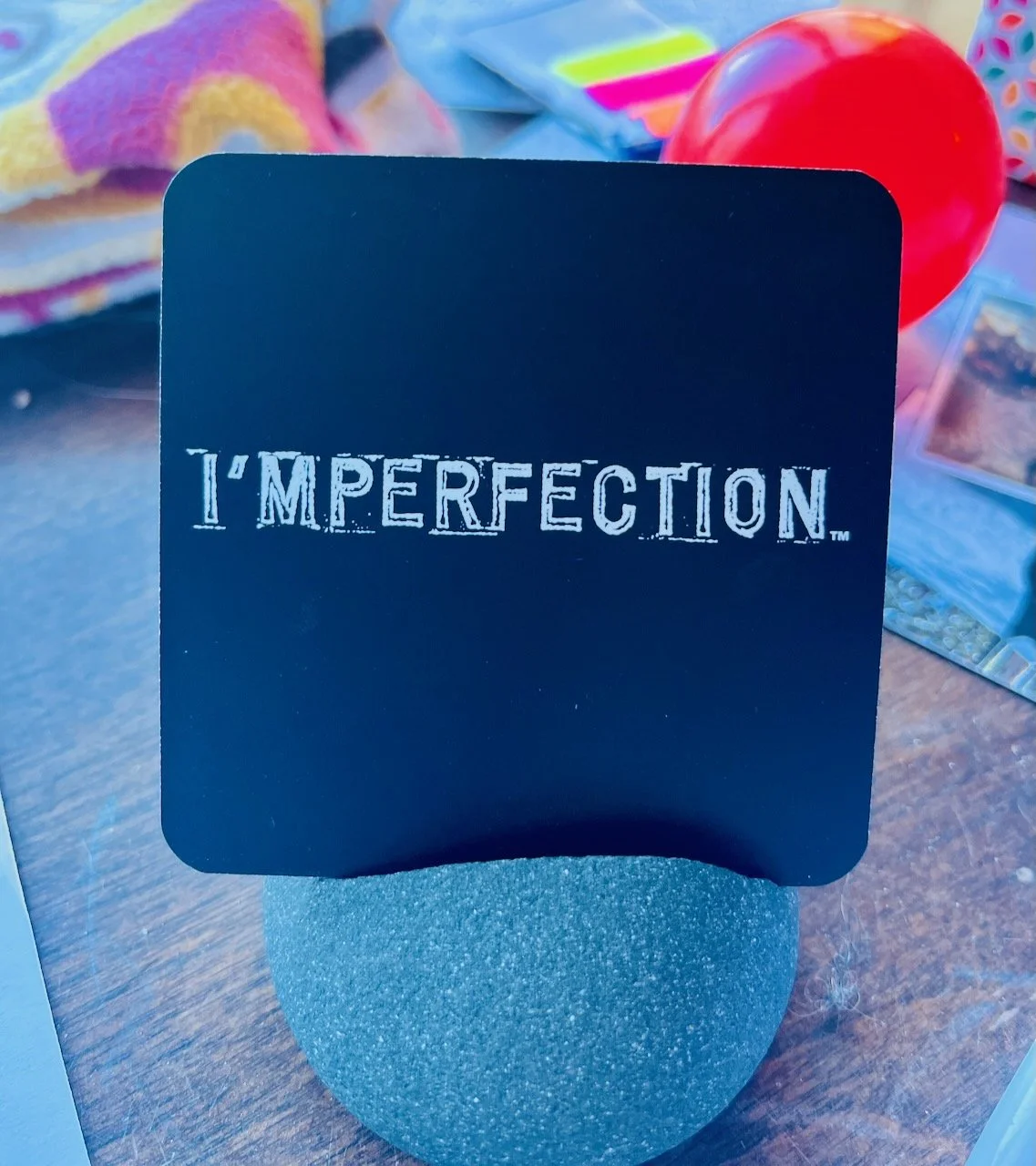I was reading an article this morning about New Year’s resolutions and the author mentioned that she doesn’t like to set herself up to fail and so she doesn’t make resolutions too “grand.”
I disagree — make those goals grand, with glitter and sparkles and balloons.
Yes, of course the goal need to be something we can do — I should not, for example, set the goal: “fly to the moon.”
UNLESS I am a NASA-kind of person and there are things I could do that would get me closer to actually reaching the moon.
But I am not an astronaut and so there will be no moon trips for me, and I am okay with that actually.
Maybe the trick is learning to be super proud and happy with the getting-to-the-moon journey — and have gratitude and pride for how far we go on our adventure?
I trained Claire for perfection in obedience — for a moon landing, so to speak.
April 2022
I know what a perfect score of 200 should look like — and I trained to achieve it. We worked and worked on all the tiny pieces that make up perfection in a novice obedience run.
She scored 199.
April 2022
Do you imagine I was disappointed and sad with that score?!
Of course not. I was over the moon — with glitter, sparkles, and rainbow-colored balloons!
Could we have achieved the score of 199 if I had not aspired to perfection? Absolutely not.
Perfection can mean different things to different people, and that is perfectly okay. In fact, perfection can and does mean different things to me with different dogs.
What matters is (1) having a clear vision of perfection, (2) breaking that vision down into all the tiny parts that I call Least Trainable Units (LTUs), and (3) working diligently to achieve perfection in all the LTUs before (4) connecting them together.
We cannot build a perfect Lego person with imperfect pieces. It just doesn’t work.
❤️
Dog training is the same. Perfection happens when all the pieces are perfect — and fit together perfectly.
My tracking Lego pieces are fitting together nicely. This is Pozy from earlier this week demonstrating a lovely start to her track — and finding a well-placed reinforcer (treat) for that excellent and quick start.
And this is Pozy demonstrating a perfect corner 💃🏼
Please — have a perfect day, whatever that looks like for you today.




